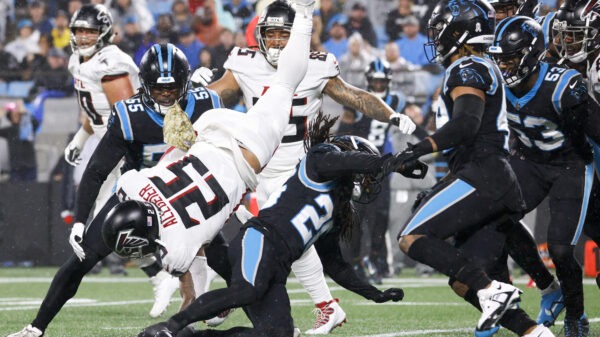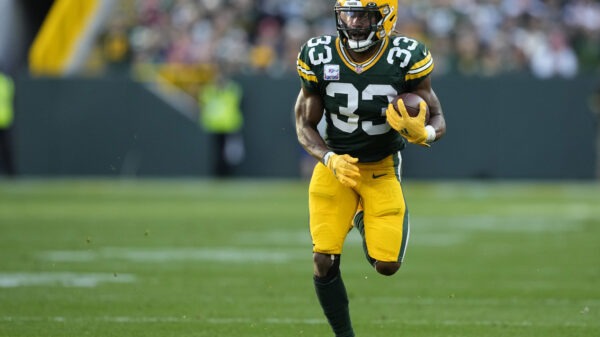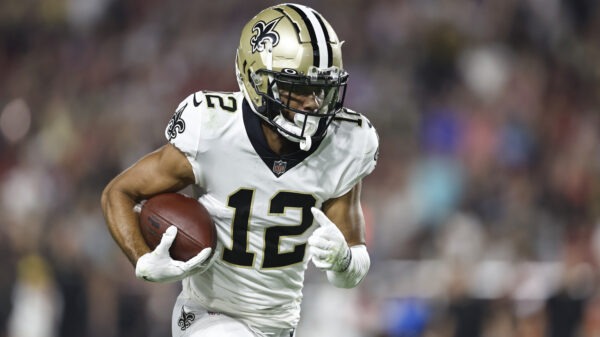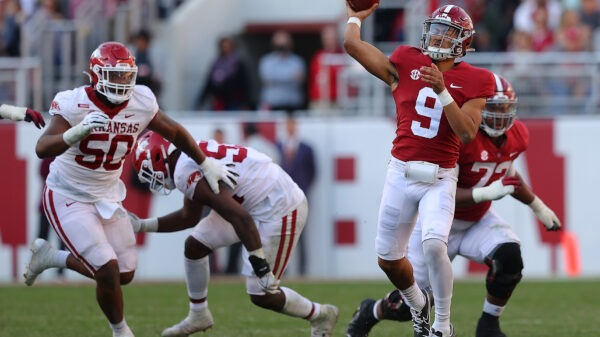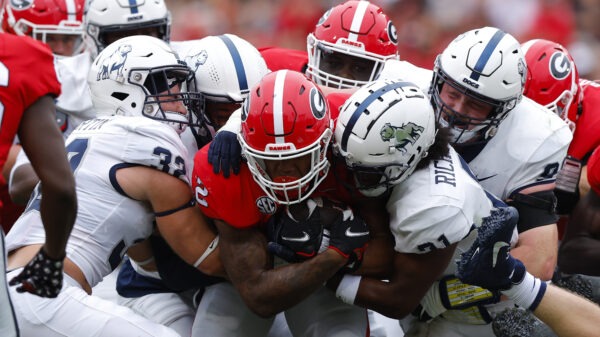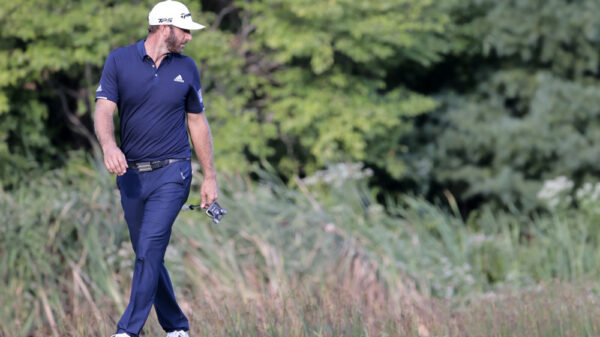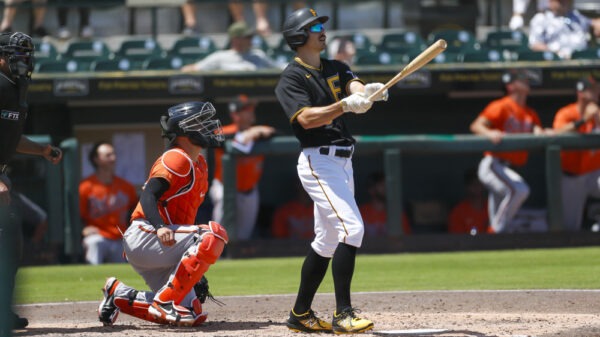There are many different factors that can change a NASCAR Cup Series race week-in and week-out. In the previous two parts of this series we have looked at the different contests you can play and how they are scored and strategies you can use to find value picks and quality drivers. Each track, speedway, or raceway has its own unique way of challenging drivers and with that its own unique way to pick your lineup each week depending on the race location and type of track. There are generally four types of racetracks in NASCAR and those are Superspeedways, Intermediate Tracks, Short Tracks, and Road Courses. Different teams and manufacturers (Ford, Chevrolet, Toyota, etc..) have had historical success at each of the aforementioned tracks. For example, in recent year the Number 9 Hendrick Motor Sports Chevrolet driver by Chase Elliot has been now as sure in favourite on road courses. Let’s look at each type of track and breakdown what to look for and who has been historically successful at each.

Superspeedways
There are two Superspeedways on the NASCAR schedule for the 2021 season, being Talladega Superspeedway and Daytona International Speedway. Talladega is a 2.66-mile-long track and Daytona is a 2.5-mile track. Superspeedways are known for their high speeds and big wrecks. Talladega got the nickname “the big one” after its rich history of big wrecks. In recent years (2017-2020) at Superspeedway race tracks Ford as a manufacturer leads the way with five wins, 31 top five finishes, 59 top 10 finishes and has led 1265 laps.
| Toyota | Ford | Chevrolet | |
| Wins | 4 | 5 | 6 |
| Top 5 | 16 | 31 | 20 |
| Top 10 | 21 | 59 | 42 |
| Laps Led | 600 | 1265 | 926 |
Knowing which manufacturer has been successful at a track can really help in your lineup decisions. If you can follow this historical data, you may be more inclined to choose a Ford at a Superspeedway as opposed to a Toyota with laps led being an important category in NASCAR DFS. You can also look at what racing teams have fared well at each track type. The Joe Gibbs racing team consisting of Kyle Busch, Denny Hamlin, Martin Truex Jr, and Erik Jones in this timeframe have four wins, 16 top five finishes and 21 top 10 finishes at Superspeedways. The Team Penske drivers Brad Keselowski, Joey Logano, and Ryan Blaney combined for four wins, 11 top five finishes, 16 top 10 finishes and have led the most laps with 870. Overall if you can identify a team and/or manufacturer that has raced well at a certain type of track you are in for a good DFS week.
Best bets for Superspeedways:
- Joey Logano, Ford, Team Penske
- Ryan Blaney, Ford, Team Penske
- Denny Hamlin, Toyota, Joe Gibbs Racing
Short Tracks
The NASCAR Circuit traditionally has two short track courses each season. Bristol Motor Speedway and Martinsville Speedway. These two tracks are unique but for this series we will group them together. Bristol Motor Speedway is a half-mile oval with the steepest banking on the NASCAR circuit. When the cars line up for the start, they often stretch nearly halfway around track. As a result, Bristol is known for its “paint swapping,” and races tend to include numerous accidents and caution flags. Martinsville Speedway, known as “The Paperclip” for its shape, is the shortest track and poses a challenge to brakes as the cars must slow dramatically to negotiate its tight, low-banked turns. You will often see each drivers’ brakes glow hot red on every turn. You will see below that two manufactures have dominated at short tracks recently (2017-2020). As well, Joe Gibbs racing and Team Penske have been excellent on these two short tracks.
| Toyota | Ford | Chevrolet | |
| Wins | 11 | 8 | 6 |
| Top 5 | 38 | 48 | 20 |
| Top 10 | 56 | 96 | 42 |
| Laps Led | 4310 | 4404 | 926 |
Road Courses
In recent years analyzing a road course has become rather simple in both DFS and in real life racing; if you have a chance to pick Chase Elliot you should, like really should. In 2019 and 2020 Elliot’s record includes a four-race sweep of the Watkins Glen International, two Charlotte Roval wins and a one-off victory at the Daytona International Speedway Road Course. It is safe to say he is pretty good on road courses. For decades, road racing at NASCAR’s highest level was a twice-a-year experience. In the last two seasons, the Cup Series competed on three road courses each year, adding an extra dose of right and left turns to the schedule. I personally really enjoy how action-packed road races are and the extra challenges they pose to drivers.
Going into the 2021 NASCAR season there will be a series most six road course races. This of course will have huge DFS implications are in the past it has always been one, two, or three races a year at the most. Over the last three racing seasons there has been a fairly consistent group of drivers finishing top five. Chase Elliot of course with his five wins and six top five finishes in seven races, Martin Truex Jr. with three wins and six top five finishes, Denny Hamlin and Clint Bowyer with five top five finishes a piece, and then Kyle Busch and Ryan Blaney with four top five finishes a piece. With six races on the slate now these six drivers mentioned should be looked at as staples for you line up each race.
In conclusion there will be different variables to consider at every track as they are unique in their own way. Knowing which type of track is being raced week in and week out can help determine who you can put into your lineup. Past performance is usually an indication of future success in NASCAR Cup Series Racing.



